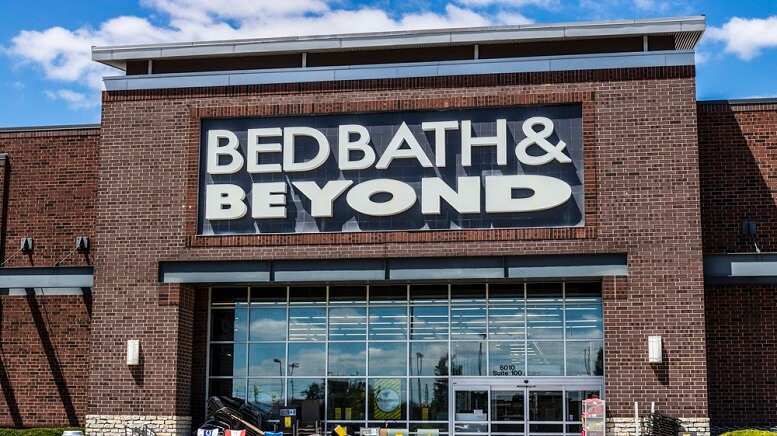Following insider purchases of shares on Wednesday during the extended session, Bed Bath & Beyond Inc. (NASDAQ:BBBY) stock increased, according to Securities and Exchange Commission documents. Bed Bath & Beyond shares (at the time of reporting) surged 6% after hours, following a 3.7% decline to close the regular session at $4.47, the lowest close since April 2020. Sue Gove, the interim chief executive, reported buying 50,000 shares last Friday for $4.61 each, while Jeff Kirwan and Harriet Edelman, two other board members, bought 10,000 shares for $4.94 each.
Bed Bath & Beyond (NASDAQ:BBBY) fired CEO Mark Tritton last Wednesday and released weak quarterly results, which caused the stock to plunge. Analysts had previously in the month said that retailers were lowering air conditioning and shortening hours to cut costs. Through Wednesday, the stock had slumped 77.5 percent over the previous three months, while the SPDR S&P Retail exchange-traded fund XRT, 3.48 percent, and the S&P 500 index SPX, 1.42 percent, had each lost 20.7 percent and 14.0 percent, respectively at the time of writing.
These changes began when “Tritton’s first year with the company was capped by announcing a three-year transformation plan in November 2020. It hinged on major store remodels, curating product assortment down by 20% to 30% while introducing more than ten private label brands and leaning into an “omni-always” digital strategy,” according to Forbes. These proposals and their subsequent implementation were not welcomed by the company’s customer base.
About Bed Bath & Beyond Inc.
Bed Bath & Beyond Inc. (NASDAQ:BBBY) is an American retail network of home goods retailers. The chain has numerous locations in the US, Canada, Mexico, and Puerto Rico. In 1971, Bed Bath & Beyond was established. It is included in both the Forbes Global 2000 and the Fortune 500.
Warren Eisenberg and Leonard Feinstein decided to quit their employment and start their own business in 1971. They launched their establishment called Bed ‘n Bath in Springfield, New Jersey. Eisenberg and Feinstein ran 17 businesses by 1985, with the majority of them in California and the greater New York City area. A superstore was also established in 1985 to compete with Linens ‘n Things, Pacific Linen, and Luxury Linens. The business changed its name to Bed Bath & Beyond in 1987 to more accurately reflect the expansion of its retail locations. To better compete with Linens ‘n Things, which had been using computer inventory management since the late 1980s, the company introduced integrated computer-based inventory management systems in 1993.
Currently, Bed Bath & Beyond runs over 1,530 stores across all 50 states of the United States, the District of Columbia, Puerto Rico, and Canada. The company also runs over 280 Cost Plus World Markets, 100 Buybuy Baby stores, about 80 Christmas Tree Shops (and related brands), and more than 50 Harmon stores in addition to its more than 1,020 Bed Bath & Beyond locations. At the beginning of 2020, the company planned to close up to sixty locations across the United States.
In addition, the corporation declared it will close more than 200 locations, or around 21 percent, over the following two years due to the COVID-19 pandemic. With the most recent round of around 7 Stores that concluded liquidation sales with Hilco Merchants on Thursday, May 13, 2021, Bed Bath & Beyond liquidated several locations between 2020 and 2021.
Data and a historical daily share price chart for Bed Bath & Beyond go back to 1992.
- As of July 6, 2022, Bed Bath & Beyond’s most recent closing share price was 4.47.
- Bed Bath & Beyond’s shares closed at an all-time high of 80.48 on January 3, 2014.
- The 52-week high stock price for Bed Bath & Beyond is 31.70, which is 609.2 percent more than the current share price.
- The 52-week low stock price for Bed Bath & Beyond is $4.38, which is 2% less than the current share price.
Featured Image: DepositPhotos © jetcityimage2















